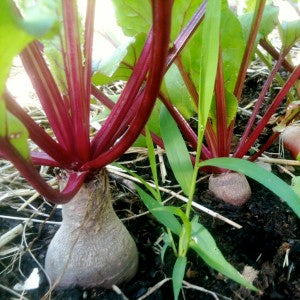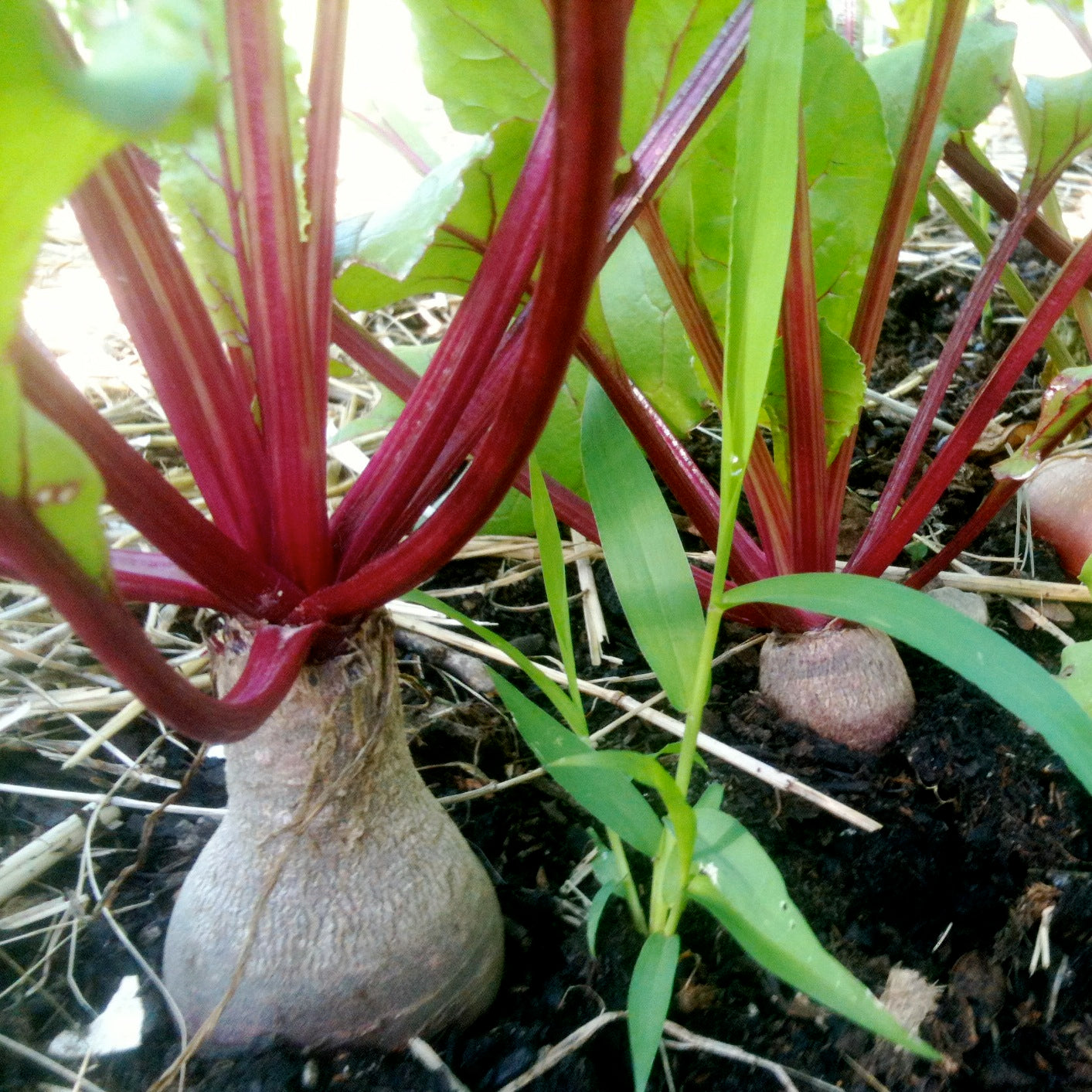 June starts out on a calm note. The garden - still lit up by the glowing light green tones of young foliage, the tastes of the first few harvests on our plates - seems composed, the plants healthy, the weeds under control. But, as the month rolls on, the heat sets in, light green leaves are replaced by summer’s dark, lush palette, and suddenly the list of garden chores is full again: the parched plants need watering, the soaring weeds pulling, the fall crops planning, the bugs control. Take time to enjoy this peaceful window in the garden, remember how far it’s come since the barren fields of April and how much more of the growing season lies ahead – between early summer and fall’s first frost is a prime time in the life of a northern garden. Here are some chores to prioritize this month and sowing ideas:
June starts out on a calm note. The garden - still lit up by the glowing light green tones of young foliage, the tastes of the first few harvests on our plates - seems composed, the plants healthy, the weeds under control. But, as the month rolls on, the heat sets in, light green leaves are replaced by summer’s dark, lush palette, and suddenly the list of garden chores is full again: the parched plants need watering, the soaring weeds pulling, the fall crops planning, the bugs control. Take time to enjoy this peaceful window in the garden, remember how far it’s come since the barren fields of April and how much more of the growing season lies ahead – between early summer and fall’s first frost is a prime time in the life of a northern garden. Here are some chores to prioritize this month and sowing ideas:
Weeding: as spring weeds grow bigger and a new crop of heat-loving weeds is added to the mix, it’s important to stay vigilant. Unwanted greenery in your vegetables or flowers means less minerals, water, and light for the plants you planted. It helps to weed on a schedule – for example, light, surface hoeing once a week, or dividing your garden into sections and hand-weeding in the same order through the season.
Watering: most plants ask for an inch of water per week. The easiest way to keep track of moisture levels is to invest in a rain gauge and if the rain does not provide enough water – irrigate yourself. Whether you are hand watering, or have a complex irrigation system, just be sure to water as close to the roots as you can, and leave foliage dry if possible. Overhead watering increase the chance of fungal disease. Also, be mindful of your container garden: plants in pots tend to dry out much faster than those in the ground. Stick your finger into the soil and if it feels a few inches down: it’s time to water (again)!
Pests: they’re back! In an organic garden, control – not elimination – is the strategy. We strive to foster a balanced eco-system in our gardens, in which each pesky pest is matched with beneficial predators (our Good Bug Blooms flower mix helps attracts good bugs that eat bad bugs) Unfortunately, that doesn’t always work and to save their harvest, gardeners must employ more short-term strategies. Here are a few common pests to expect in your gardens soon and how to deal with them.
Transplanting: it’s not too late to plant tomato seedlings and other plants still growing in pots. Mostly, even small seedlings will catch up to their bigger neighbors and you will have a staggered, and thus longer, harvest window. Take a look here for our top
 Sowing Opportunities: June brings many, many sowing possibilities for both summer and fall harvests. In the early part of the month, focus on expanding your summer garden offerings with: arugula, nasturtiums, carrots, beets, basil, cucumbers, lettuce, snap bush beans, broccoli, bok choy, komatsuna, kale, scallions and much more. Take a look at our top 20 Seeds to Sow for Summer article for ideas and growing tips.
Sowing Opportunities: June brings many, many sowing possibilities for both summer and fall harvests. In the early part of the month, focus on expanding your summer garden offerings with: arugula, nasturtiums, carrots, beets, basil, cucumbers, lettuce, snap bush beans, broccoli, bok choy, komatsuna, kale, scallions and much more. Take a look at our top 20 Seeds to Sow for Summer article for ideas and growing tips.
After the Summer Solstice (June 21st), it’s time to think about planting for fall (and storage crops for winter, including: beans, squash, broccoli, cauliflower, storage cabbage, collards, Brussels sprouts, cucumbers, chard, rutabaga, fennel and kale, rutabaga, sunflowers, fall peas, fennel, and more. Take a look at our article on planning the fall garden for more details and ideas.





